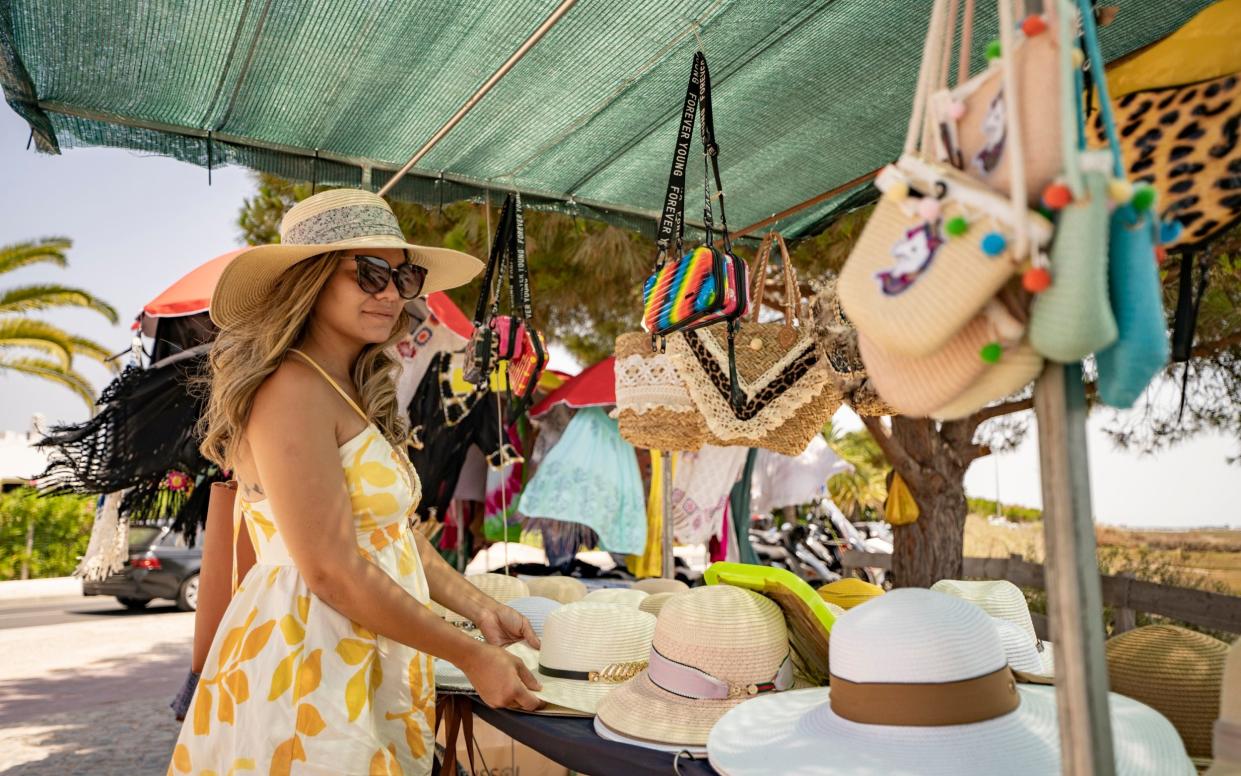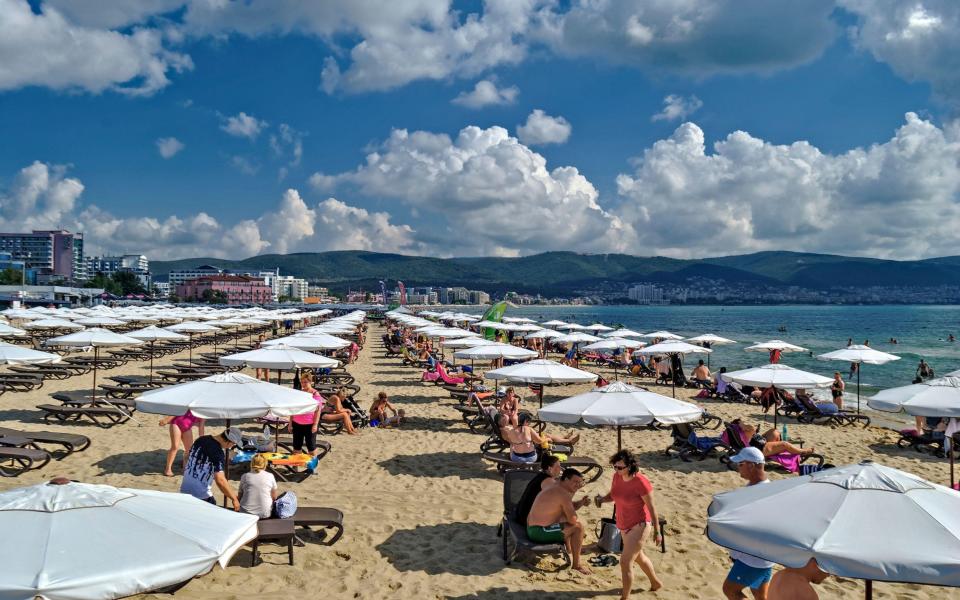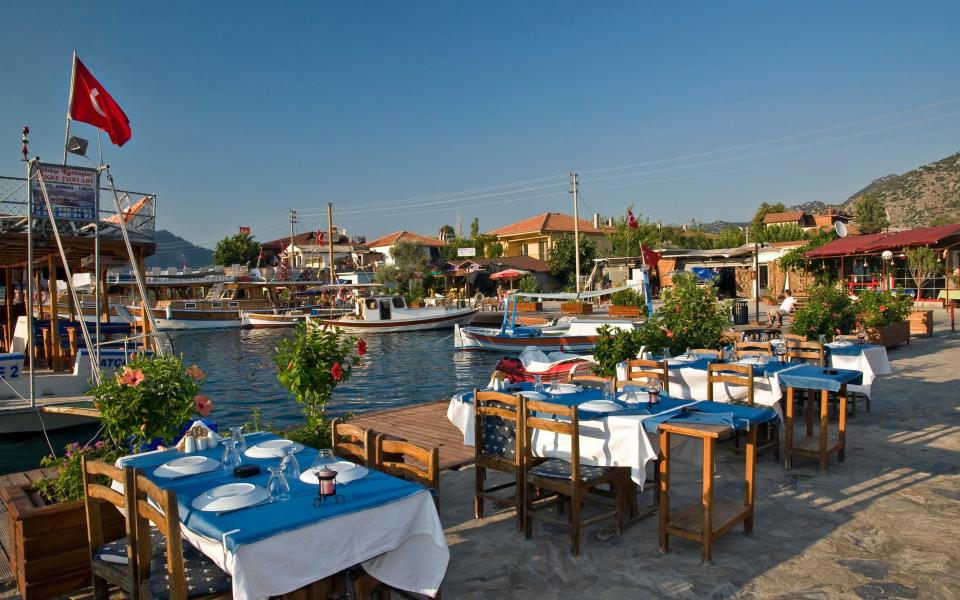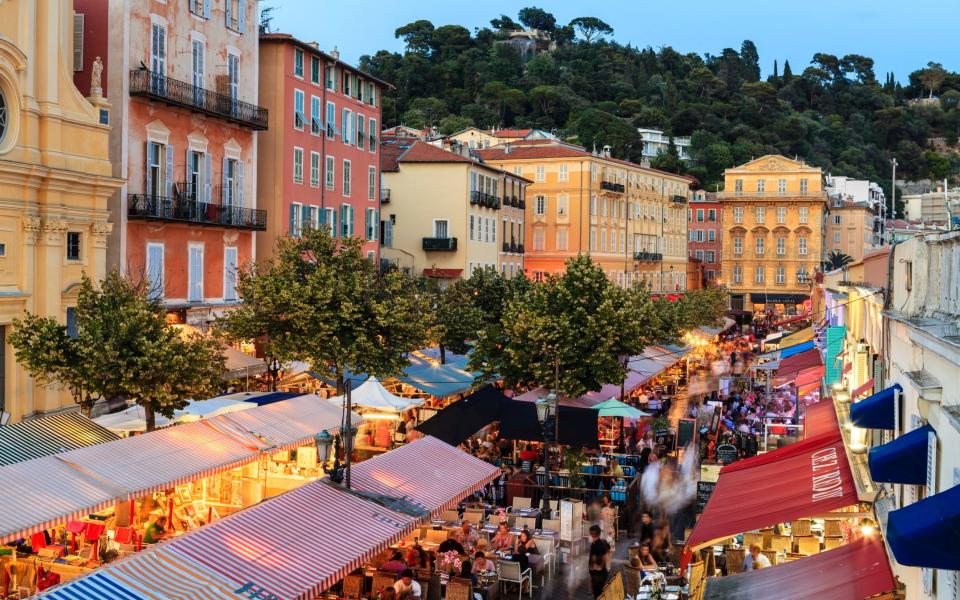The surprising holiday option that could save you a fortune this summer

For the last two years we have been heralding Turkey as the best value destination for a summer holiday in Europe. No longer. Although the Turkish lira continues to lose its value at a spectacular rate – this year it is down against the pound by almost 81 per cent – local inflation has pushed up prices so fast that they are becoming more expensive even for overseas visitors. The price of a meal out in Marmaris, for example, has soared by 20 per cent from £40.39 in 2023 to £48.89 this year.
Step forward instead, Portugal. According to the latest Post Office Annual Holiday Costs Barometer, which compares the price of a shopping basket of holiday essentials in 40 destinations around the world, the Algarve now has the lowest prices in Europe

Here, a typical holidaymaker’s shopping basket, which includes the cost of a bottle of sunscreen, a cup of coffee and of eating and drinking, came in at £59.69 on Portugal’s most popular holiday coast, down very slightly from last year’s £59.95. Overall costs in Marmaris, meanwhile, have gone up from £57.59 to £66.07 – still competitive, but a big rise.
Other top-value European destinations are Sunny Beach, Bulgaria (where the basket of goods costs £62.49) and Paphos, Cyprus (£73.32). Those compare with the most expensive resorts surveyed in the Med: Nice (£120.09) and, perhaps surprisingly, Majorca (£98.42).

Long-haul travellers will find the best value of all in Hoi An (on the coast of Vietnam), where the basket came in at £51.18, Cape Town (£54.35) and Mombasa, Kenya (£54.93). And Japan’s traditional reputation as an expensive place to visit has surely been laid to rest. The Post Office deems it the fourth cheapest destination in the world with a basket cost of £59.05, a fall of more than 17 per cent from £71.49 last year.
Places most likely to make the biggest dent in your holiday wallet are Costa Rica (where a bottle of sunscreen costs £23.55, a glass of wine £8.50 and the basket totalled £158.04), New York (£143.28) and the Caribbean islands, led by Antigua (£138.42).

The Post Office report has its flaws as a bargain-hunting tool – the cost of hotels and flights aren’t included, for example, so that it is hard to make overall comparisons. But interestingly, when I did a spot check comparing airfares to Faro (in the Algarve) and to Dalaman (for Marmaris), they were almost identical (around £240 return with EasyJet from July 20-27) whereas normally I would expect the flights to Turkey to be much more expensive (it takes twice as long to get there).
Fares are determined by levels of demand, so perhaps the message is already getting through to holidaymakers that Turkey is looking more expensive and there are bargains to be had in Portugal. The sheer number of flights (plus a wide choice from regional airports) to the Algarve also adds to its attraction.

Of course, when it comes to finding value, much also depends on what you like to do when you are on holiday. If you enjoy a beer, Hoi An in Vietnam (average price for a glass: £1.16) or perhaps a city break to Budapest (£1.75) look much more attractive than downtown Dubai (£8.69). Wine drinkers are far better off in the Algarve (£1.76 a glass), than Cancun (£9.38). If you like to eat out a lot, then a three-course evening meal for two (including a bottle of house wine) costs just £34.64 in Cape Town, less than a third of what to expect in New York (£106.17) and Tamarindo, Costa Rica (£107.38).
More generally, the good news is that, overall, it has been a strong year for sterling. It is up in value against 27 out of the 30 best-selling currencies sold by the Post Office’s currency exchange. These include the Japanese yen (sterling is up 16.3 per cent), the US dollar (up 7.3 per cent) and the euro (up 3.84 per cent) – which is also positive for us because most of the economies which use these currencies have had a lower inflation rate than we have in the UK. This means local prices have risen less and we get more of the currency for our money.
By contrast, sterling has had a poor run against the Costa Rican colon (down 0.5 per cent), the Mexican peso (down 1.6 per cent) and the Polish zloty (down 4.6 per cent).


